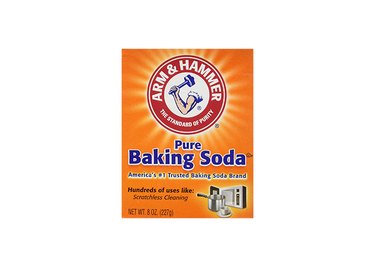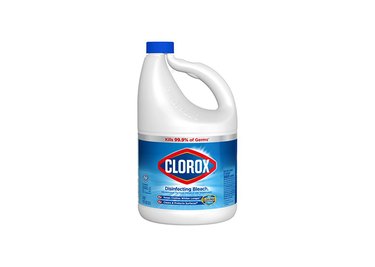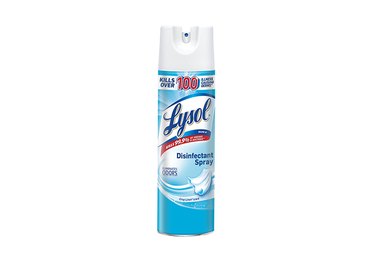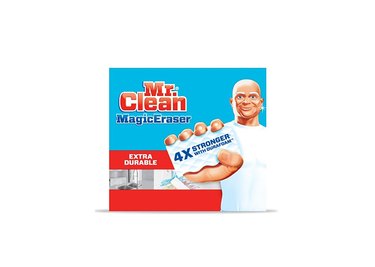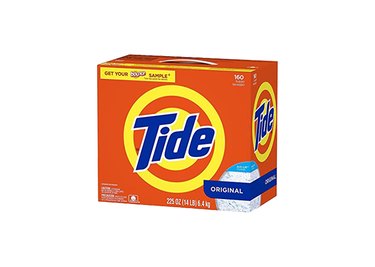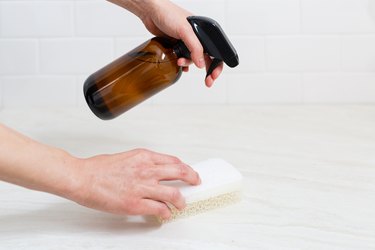
Though society is currently (and rightfully) obsessed with killing germs, the best cleaning products in the game are not at all new. In fact, many iconic cleaners we still use today were invented in the 19th and 20th centuries. These items may seem ordinary now, but they are trusted cult favorites for a reason — even back then, they revolutionized the way people think about hygiene.
Here are seven iconic cleaning products that are as effective as ever.
Video of the Day
Video of the Day
Yes, baking soda is used to make cookies and cakes, but it also cleans and deodorizes expertly. Arm & Hammer has produced the leading baking soda since 1846. The brand's pure sodium bicarbonate is free of harsh chemicals and gentle enough for delicate surfaces, yet manages to effortlessly remove stains, odors, grease, and more.
Buy now
In 1882, chemist George William Hoffman accidentally discovered that a property of rhubarb called oxalic acid miraculously breaks down rust and tarnish. He used that active ingredient to develop a cleaning powder that he sold to taverns as a brass rail polish, which is how it became known as Bar Keepers Friend. It remains a go-to for stain removal on smooth surfaces, from metal to glass to porcelain.
Buy now
When aluminum pots and pans gained popularity in the early 20th century, cooks realized they were difficult to clean and blackened easily. A cookware peddler and his jeweler brother-in-law found a solution by using jeweler's rouge, soap, and fine steel wool, and established Brillo to market their method. In the early 1930s, the company combined the soap into the steel wool pads themselves, creating a product that powerfully fights grease and grime today.
Buy now
Before Clorox, the public wasn't very familiar with liquid bleach. Though the brand, which was then called Electro-Alkaline Company, was established in 1913, it wasn't until investor William Murray took over as general manager in 1916 that the product became a success. Bill's wife Annie, who ran a grocery store in Oakland, California, built a customer base by giving out free samples to homemakers. Word began to spread and it's never stopped.
Buy now
Ironically, Lysol was first introduced in 1889 to help end a cholera epidemic in Germany and was then marketed as a defense against the 1918 Spanish flu pandemic. Now, the product is known for sufficiently exterminating fungi, viruses, and bacteria.
Buy now
Though Mr. Clean started in 1958 with an all-purpose cleaner, the brand's muscular, bald mascot and Magic Erasers are its true claim to fame. To the untrained eye, the eraser looks like a white sponge. Fans know that when you add a little water and scrub, the magic happens. It conquers even the most impossible dirt, grease, and soap scum, everywhere from the shower to the kitchen to the walls.
Buy now
The world's first heavy-duty detergent, Tide was launched in the late 1940s. Known as the "washday miracle," the powder product conveniently emerged at the same time the washing machine became an affordable household appliance. The line has expanded to include notable items like liquid detergent, a stain removal pen, and pods, but the original powder still works wonders.
Buy now
